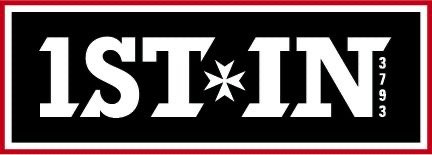“Competitive shooting will get you killed”
That’s the prevailing sentiment on the “tactical” side of the shooting community. There are those who believe that competitive or “practical” shooting does not prepare you for the real world because “the targets don’t shoot back” and “you know where the targets are.”
I agreed with this idea for 10 years. I, too, believed that practical shooting was just a game and didn’t have any realistic or practical application for self-defense.
I started to question why aggressive shooting, as a stand alone skill, wasn’t being pressure tested in the typical CQB tactics or marksmanship class. I started to look for answers. After being exposed to different ideas over the past three years that explained and, most importantly, demonstrated why practical shooting was a meaningful tool for development, I needed to incorporate it into my training and practice.
Competitive or practical shooting is not a test of tactics. It is not a CQB course. It is, however, a pressure test of your foundational shooting skills. Because, in the end, a gunfight is a competition.
Putting some focused practice time in ahead of an All Rifle HF match in November.
Knowing where the targets are does not mean that you can suddenly shoot accurately, at speed, and under the stress of a timer, in front of your peers, where your targets will be scored and judged. This context is one way to introduce a level of stress that you can’t replicate on your own in a booth. And it’s an opportunity to test on demand skills.
What do I mean by on demand skill? At the sound of the beep or the start of the fight, you are able to shoot at a very high level — cold with no warmup — hitting targets fast and accurately. Shooting at farther distances. Shooting multiple targets. Shooting on the move. All necessary skills needed for a defensive encounter. Accuracy is required. Speed is required. Fast visual processing is required. Making on the fly adjustments is required. Movement is required. Proficient gun handling is required. What doesn’t apply to a defensive situation?
To brush off practical shooting because “the targets don’t shoot back” is an excuse for a lack of skill or the discipline to develop a skill.
I coach my students to keep an open mind and to avoid being emotionally attached to any specific dogma, technique, gun, gear or trainer because it will stifle development.
Be discerning and question what you’re being taught. Your instructor should be able to answer “why” he’s teaching a specific technique and explain how it’s applicable to you as a civilian in a self-defense context. And he should be able to validate that “why” on the timer and on the target. Does the technique you’re being shown stand up to a pressure test? Does it positively or negatively impact your speed and accuracy?
